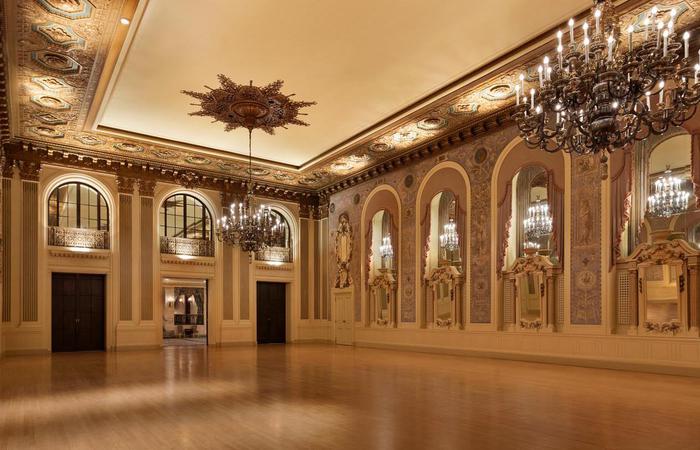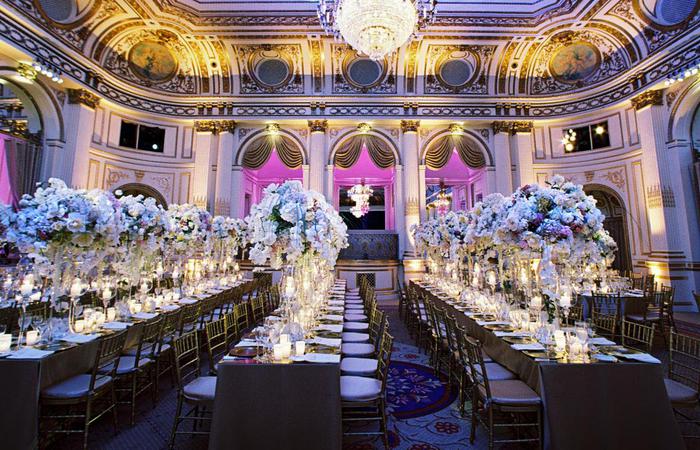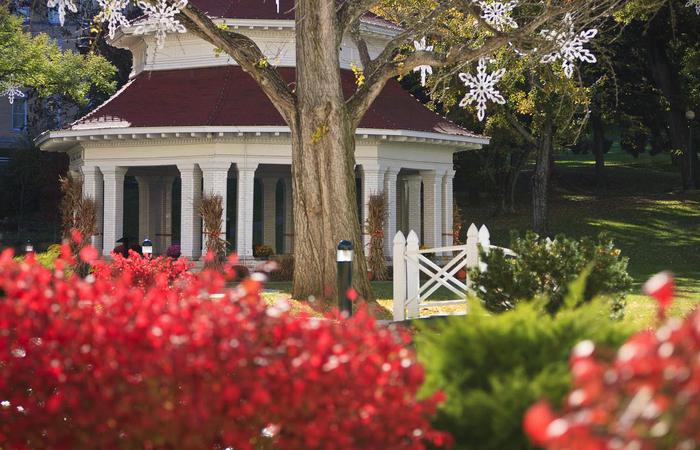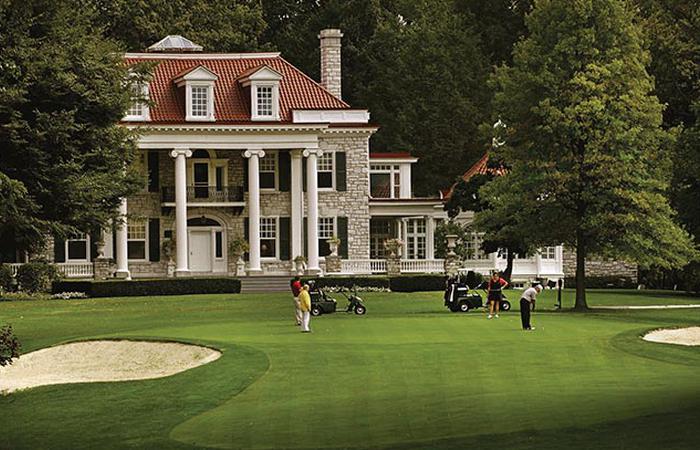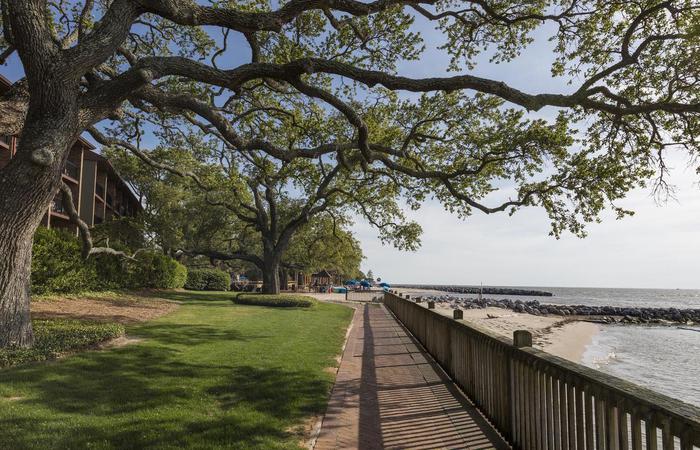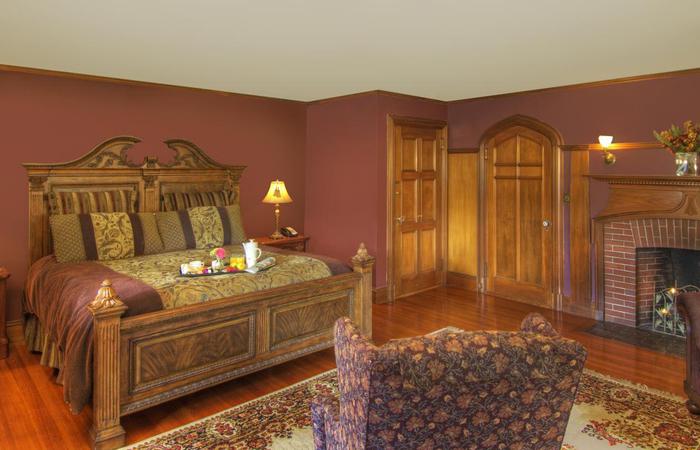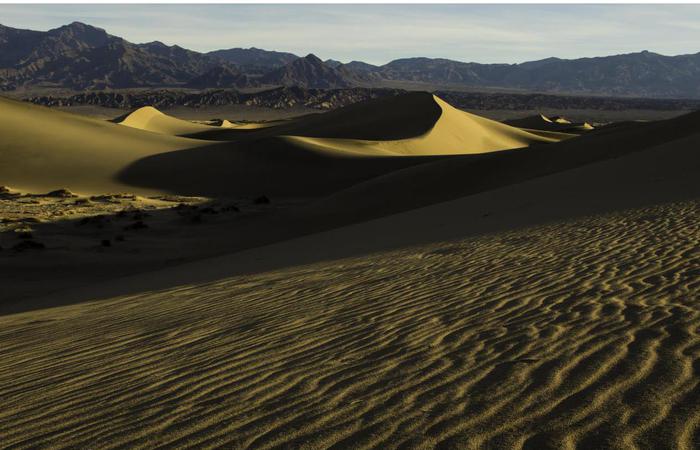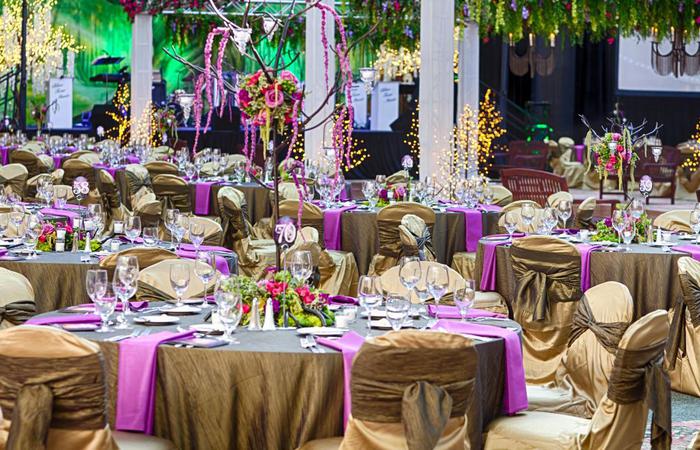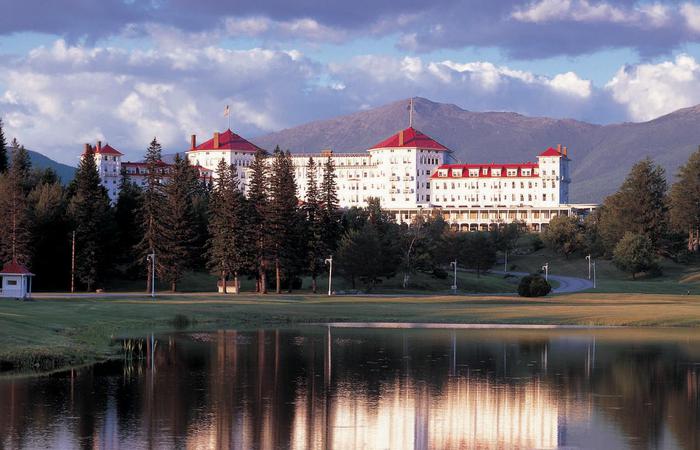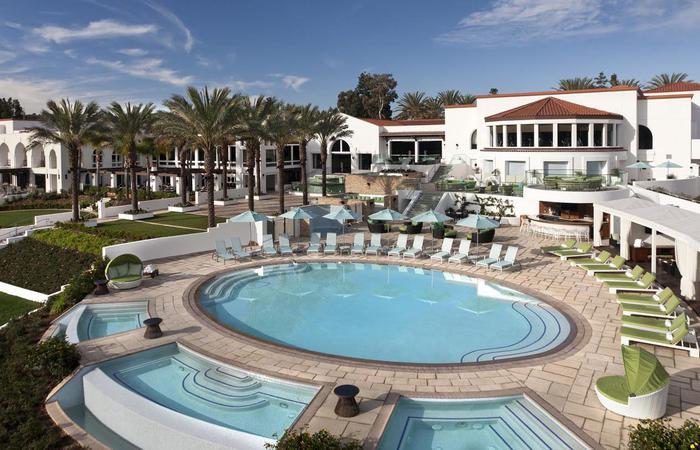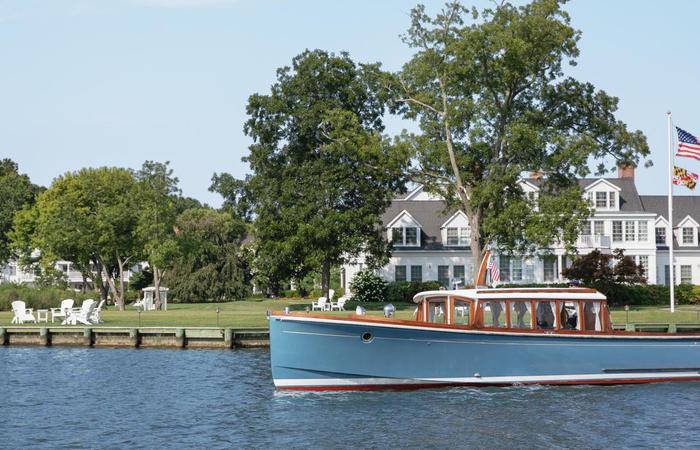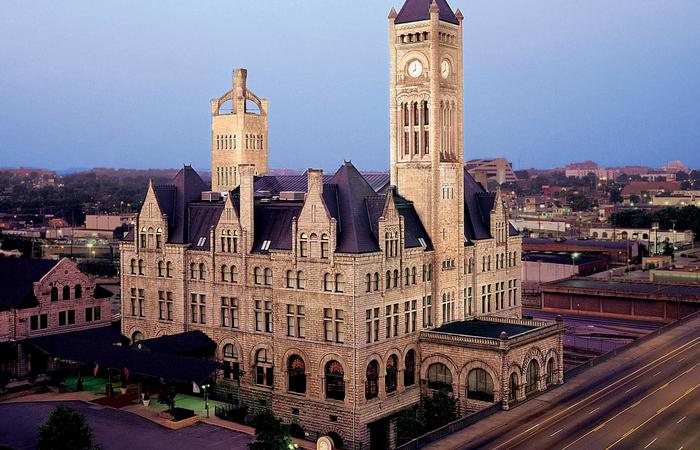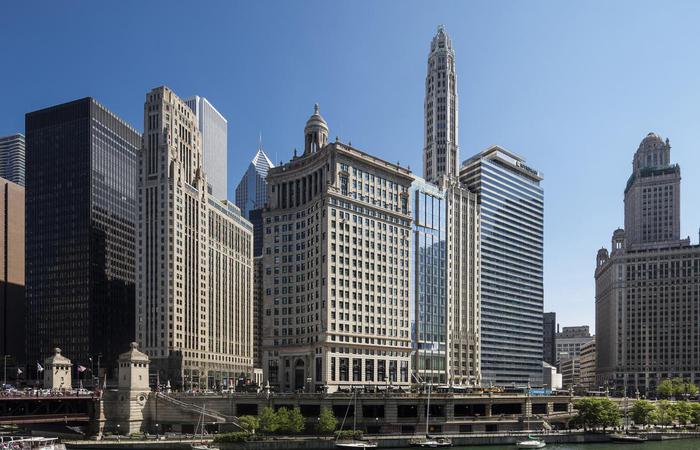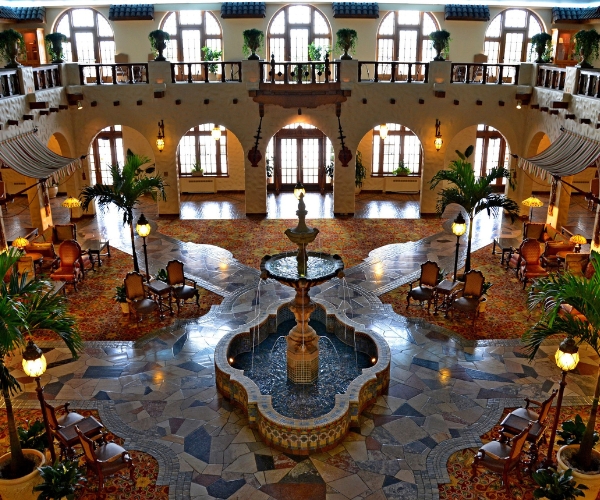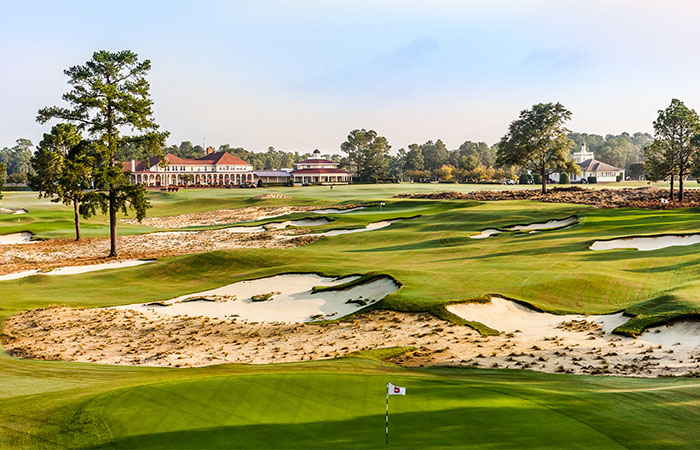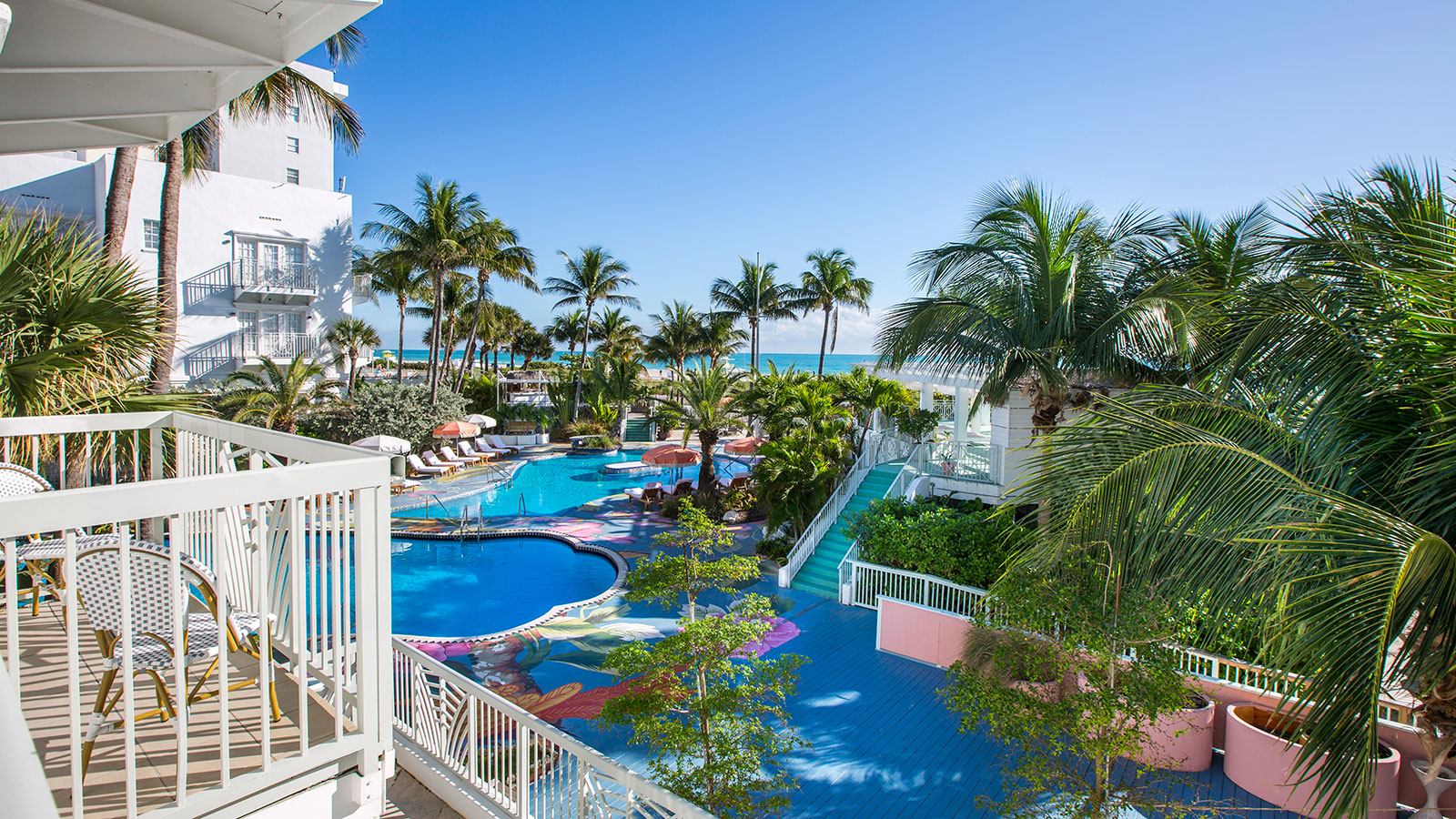Receive for Free - Discover & Explore eNewsletter monthly with advance notice of special offers, packages, and insider savings from 10% - 30% off Best Available Rates at selected hotels.
history
Discover the Lake Yellowstone Hotel & Cabins with its extensively renovated and restored Colonial Revival design. The rustic setting provides modern convenience.
Lake Yellowstone Hotel & Cabins, a member of Historic Hotels of America since 2012, dates back to 1891.
VIEW TIMELINELake Yellowstone Hotel & Cabins was constructed at a time when the United States was defined by great economic prosperity, industrial expansion, and significant social reform.
A U.S. National Historic Landmark, Lake Yellowstone Hotel & Cabins has welcomed guests to the UNESCO-recognized Yellowstone National Park since 1891. It emerged at a time when the park was undergoing a rapid transformation into one of the nation’s leading recreational destinations. The hotel itself was created by the Northern Pacific Railway, which had begun operating a passenger line though the park during the latter half of the 19th century. Eager to capitalize upon the growing popularity with Yellowstone National Park, the railroad’s president, R.R. Cummins, began the construction of the hotel in the late 1880s. It ultimately took Cummins two years to complete the hotel, opening just in time for the summer vacationing season.
Debuting simply as the Lake Hotel, it consisted of only a handful of rooms spread across three distinct floors. Cummins and the railroad soon realized that it had been a huge mistake to limit the amount of accommodations available at the Lake Hotel. By the start of the 20th century, the Northern Pacific Railway had already considered a number of plans to completely renovate the structure. Its new president, Harry C. Childs, hired architect Robert C. Reamer for the project. Reamer has already endeared himself with Childs over his work at the railroad’s neighboring Old Faithful Inn. The young architect quickly set about redesigning the hotel, adding on a massive extension to the eastern side to the building. Reamer also changed its entire exterior to display Colonial Revival architecture. The greatest symbol of this transformation came in the form of the new 50-foot Ionic columns placed in front the hotel’s entrance.
Reamer’s involvement with the hotel would continue for another 20 years, as he assisted the Northern Pacific Railway to expand the building throughout the 1910s and 1920s. He oversaw several iconic transformations to the hotel, including the addition of an expansive two-story wing and a solarium in 1928. Today, the location is known as the Lake Yellowstone Hotel & Cabins, and bears the distinction of being the most historic hotel in Yellowstone National Park.


